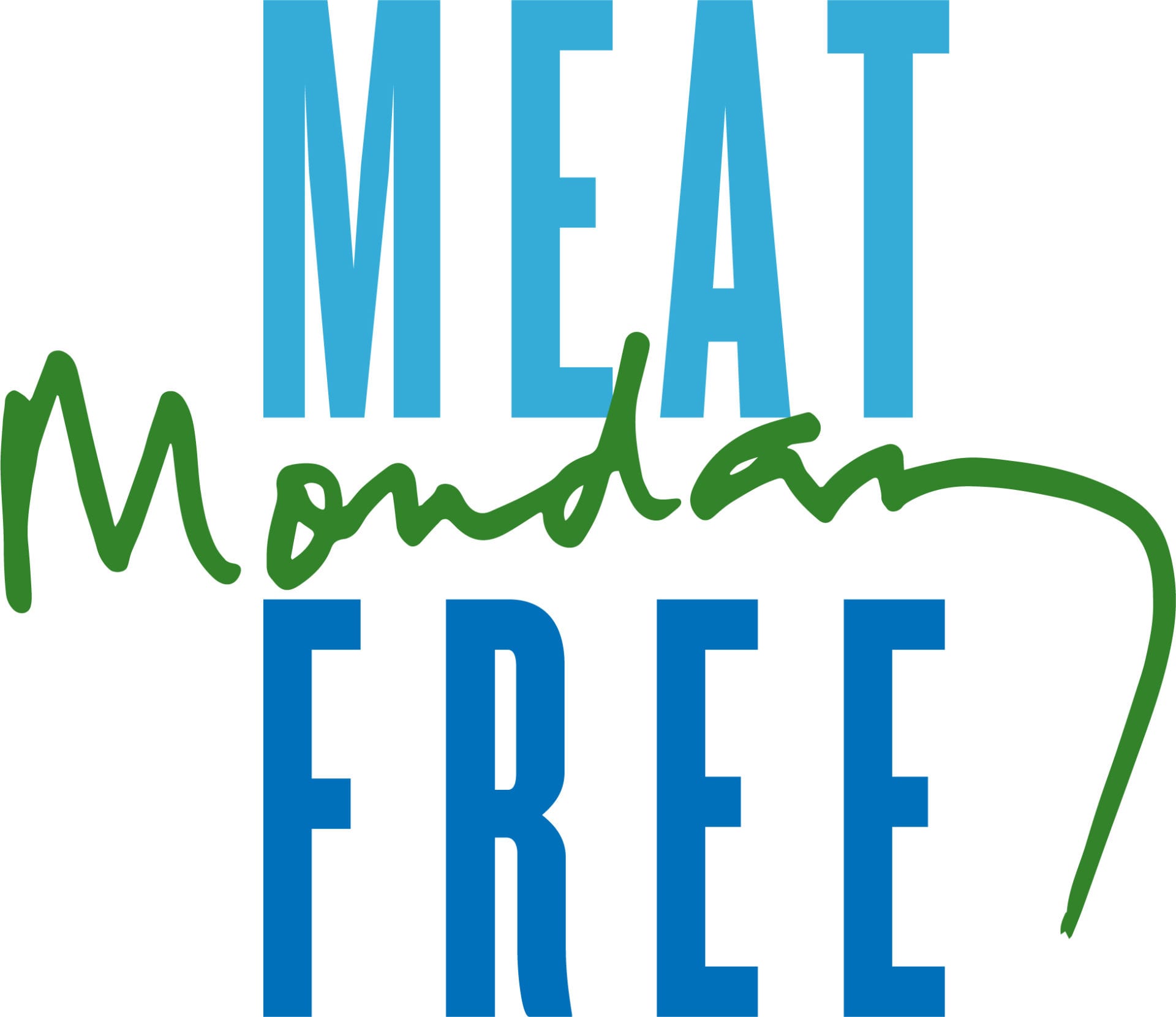Demand in the world’s second largest economy has risen 10 per cent in five years, and according to a recent Reuters article, American farmers are providing much of what ends up on Chinese plates.
China’s 1.3 billion people spent a quarter of their income on food in 2010, American’s 300 million only 10 per cent.
Last year China lifted a ban on pork imports, and in the first two months of 2012 it imported 62 per cent of the total number of US breeder pigs brought in for all of 2011, according to Reuters.
US pigs have been bred to be bigger, more productive and better equipped to fight illness than native Chinese pigs.
While it doesn’t yet have the kind of vast industrialised meat-production industry seen in the West, China is moving in that direction. While it builds that capacity, it is bulk-buying animals and genetics from the US to keep up with demand.
In the past six months it has purchased more than 370,000 cattle embryos and vials of cattle semen (an import ban prevents the import of live animals). In 2011 it was also the US’s biggest customer for live chickens, importing approximately 14 per cent of total US exports.
An expert explained that grain imports will rocket in tandem with the growth in demand for meat – including for genetically modified crops from the US and environmentally destructive soybean, from places such as the Brazilian Amazon.
Mike Phillips, president of the trade group US Livestock Genetics Export Inc, told Reuters: “Genetics and nutrition go hand in hand. The more they use our genetics, the more they’re going to need to import corn and soybeans from the US and elsewhere.”
